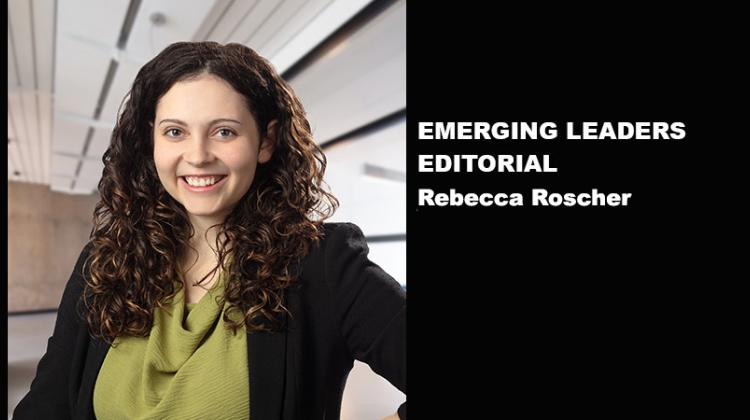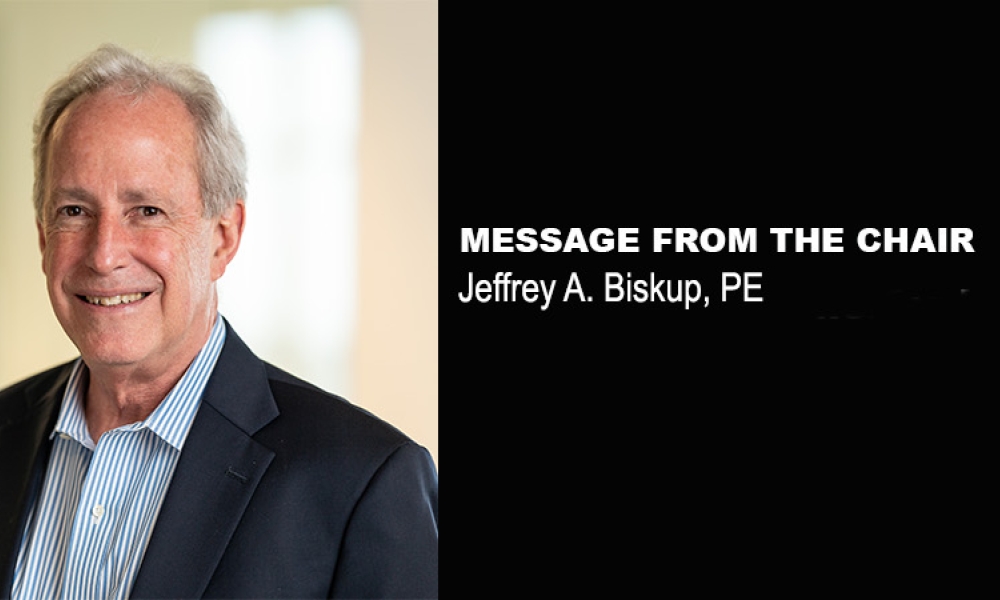Young, early-in-career professionals are expected to push progress forward while remaining patient, balancing innovation with tradition, and leveraging creativity and new technologies like artificial intelligence to pave highly efficient new paths.
In all business sectors, employees are asked to take on responsibilities by choice without necessary gain, to become ideal collaborators but also decisive contributors who take charge within dynamic work structures. And naturally, everyone is invited to develop into a modern, vulnerable leader without authority who can empower and motivate all generations with complete confidence. And to complete the list of expectations for the workforce of the future: they shall all embrace change.
In Germany, my home country, there is a saying for this level of expectation: Eierlegende Wollmilchsau, (literally “egg-laying wool-milk-sow”), humorously describing the impossibility of meeting every demand simultaneously. Instead of striving for perfection in every area all at once, why not focus on one crucial skill at a time? One that will help us navigate through stressful periods of intense and frequent changes because it strengthens decisions in teams.
Over the past year, I’ve realized one skill is often missing. (It’s even mentioned as a dysfunctionality pillar by Patrick Lencioni in his book, The Five Dysfunctions of a Team: A Leadership Fable.) It is a skill we often used in school during group discussions or interactive lessons, but one that we rarely see in our daily lives as working adults: the ability to disagree and hold constructive critical discussions.
Instead of striving for perfection in every area all at once, why not focus on one crucial skill at a time? One that will help us navigate through stressful periods of intense and frequent changes because it strengthens decisions in teams.
Harnessing the Ability to Constructively Disagree
When normalized, healthy disagreements allow teams to assess risks and identify gaps more quickly. Team members create better solutions instead of signing off on unpolished ideas for the sake of harmony. Hence, they not only work on fostering trust between stakeholders or colleagues to enable open dialogue, but they also empower themselves and others to disagree. This is because a disagreement alone is neutral and represents an opportunity. It does not end in conflict if you do not let it. However, healthy disagreements don’t happen by accident in work environments; they require intentional effort and active fostering.
First, ensure everyone understands and aligns to the conversation’s shared goal to reducing defensiveness. The power of pre-reads and moderation, especially an aligning introduction, should not be neglected. Once alignment is established, stay attentive during discussions. Watch for signs of disengagement, such as silence or changes in tone, pace, or volume, because they can signal underlying discomfort that needs gentle addressing. For instance, you might say, “I noticed you’ve gone quiet. Do you feel comfortable sharing your thoughts?” To keep a collaborative dialogue alive, it is helpful to pose only open questions for better understanding. I find it helpful to ask for a follow-up-quantification (e.g., “On a scale of 1–10…”).
Even if it’s difficult, respond positively to disagreement by expressing interest in their perspective. For example, say, “Let’s explore it further,” or paraphrase their statement to confirm if everything was understood correctly. Further, thank people for sharing differing views, even if their ideas aren’t implemented. It took courage and may have paved the way for others to follow.
What should you do when participation is lacking during a discussion and “courteous” silence wrongly infers agreement? In such cases, explicitly in-vite disagreement. Instead of antagonizing (e.g., “Does anyone see this differently?”), use neutral and open questions like, “What’s the downside of this approach?” You might even go as far as assigning a devil’s advocate role to team members to facilitate contrasting opinions.
Although these strategies help, a few simple ground rules can ensure discussions remain productive rather than just a series of monologues. These rules could include combining opinions with underlying arguments, using a moderator to summarize the status quo, or not interrupting in video calls while still allowing for interactivity (e.g., by using mandatory cameras). When selecting ground rules, make sure to do so interactively and visually, such as using a whiteboard or PowerPoint presentation, or even lightheartedly asking everyone to sign the rules to increase their acceptance.
As scholars, we once engaged in critical discussions with ease, challenging ideas to refine them. Let’s bring that ability back to the workplace. By fostering trust, normalizing disagreement, and setting clear ground rules, we can navigate the next 40 years of change with confidence. Constructive disagreement isn’t just a skill—it’s a tool for progress that will help us thrive in an ever-evolving industry.
Rebecca Roscher, MSc, is a trained scientist in molecular medicine specializing in the research and development of immune therapies with a passion for cell and gene therapies and project management. Her interest in pharmaceutical engineering was sparked after joining ISPE in 2020.
Learn More




